Some good news this week!
Our brand new 2022 Sauvignon Blanc is heading down the bottling line and will be ready for your glass in a matter of days!
While you’re patiently waiting for that, let’s find out more about Sauvignon Blanc from the Adelaide Hills…
Originating in France’s Loire Valley, Sauvignon Blanc is a parent grape to Cabernet Sauvignon (together with Cabernet Franc). It has genetic links to Savagnin and Chenin Blanc, among others.
This ancient variety was first grown in Australia in the 1800s, and plantings slowly grew over the following decades. It wasn’t until the 1990s that things took off. In the early 21st century, consumers’ perception shifted and the buzz generated by Marlborough Sauvignon Blanc contributed to rapid growth in the Australian market.
Sauvignon Blanc is a grape that can divide opinion. It’s the highest-selling white wine in Australia, yet isn’t always favoured in fine-wine circles. But now, a growing number of experimental producers are creating interesting, complex, textural wines through old-style techniques.
These exciting wines are helping to reignite a passion for Sauvignon Blanc and contributing to a diverse array of expressions unique to Australia.
FUN FACT
Sauvignon Blanc is grown in 44 out of 65 Australian wine regions!
Adelaide Hills Sauvignon Blanc
Sauvignon Blanc loves a cool climate. In those conditions, it produces vibrant and aromatic wines bursting with natural acidity.
The undulating, elevated region of Adelaide Hills has established itself as the benchmark for Sauvignon Blanc in Australia. Winemakers here are creating distinctive wines of vibrancy, structure and complexity.
Viticulture
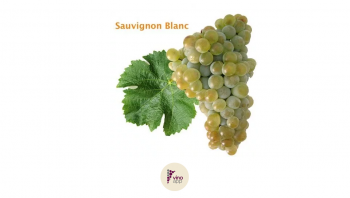 Sauvignon Blanc is a relatively early ripening variety that does well in cool but sunny regions. In areas that are too warm, the grapes will quickly become overripe and produce wines with dull flavours and flat acidity.
Sauvignon Blanc is a relatively early ripening variety that does well in cool but sunny regions. In areas that are too warm, the grapes will quickly become overripe and produce wines with dull flavours and flat acidity.
It is a vigorous vine with small yellow-green berries and can tend toward excess production of foliage, making canopy management vital.
Due to rainfall, pest and fungal disease can present a challenge, and Adelaide Hills growers are increasingly using integrated
management regimes to reduce the use of chemicals.
Trellising and pruning
The region’s varying soil types create vines that are either too vigorous or not vigorous enough, so growers use trellises and green harvesting techniques to maximise sunlight exposure to ripen the grapes. Steep slopes restrict the use of machinery in some areas, so vineyards are often hand-pruned.
Harvest
Harvest time is critical. In Adelaide Hills, Sauvignon Blanc is generally harvested in early February to March.
Some winemakers pick the fruit at various intervals to blend different characteristics into a single wine, achieving the desired levels of green, herbaceous characters alongside ripe fruit flavours.
Winemaking
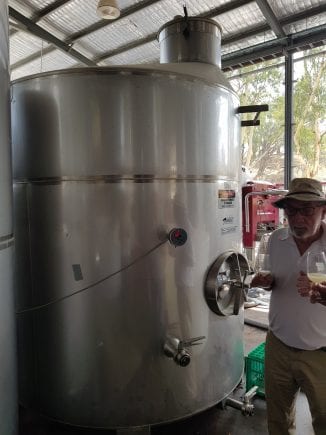
In the winery, the focus is generally on highlighting Sauvignon Blanc’s zesty fruit aromas and bright acidity.
Generally speaking, it’s a straightforward wine to make. It’s usually fermented at cool temperatures in stainless steel tanks to preserve its youthful fruit characteristics.
However, some Adelaide Hills winemakers are experimenting to create more interesting expressions. Techniques include:
Extended skin contact: Some winemakers are experimenting with techniques such as extended skin contact to build texture and weight, and create interesting styles. The skins are left in contact with the juice, rather than pressing the juice off the grapes before fermentation, imparting phenolics and sometimes, depending on the style desired, an orange hue to the wine.
Barrel fermentation: Wines that are barrel fermented have different characteristics to wines that are fermented in stainless steel. As well as imparting oak flavours, it helps to create wines with a rounder, broader mouthfeel and firmer structure. These wines may also spend time on lees, resulting in more complex textures and aromas.
Barrel maturation: Rob uses this technique to create our Fumé Blanc. He ages his Sauvignon Blanc in seasoned oak barrels for around 6 months to introduce some beautiful secondary aromas and flavours.
(Read all the way to the bottom of this post for news of our 2021 Fumé Blanc!)
Loving our blog? Sign up for weekly updates straight to your inbox…
Sauvignon Blanc Characteristics and Flavour Profiles
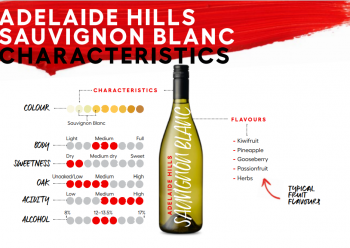
Adelaide Hills Sauvignon Blanc at its best is vibrant, aromatic and fresh with complexity and texture.
It is typically medium-bodied with notes of kiwifruit, lemon citrus, pineapple, gooseberry and passionfruit, and some herbaceousness. It often has a soft, succulent middle palate and a crisp, refreshing finish.
It’s an early-drinking wine that doesn’t usually benefit from age.
Food pairing
A classic and invigorating food pairing for Sauvignon Blanc is goat’s cheese, with the wine’s zippy acidity a perfect match for the cheese’s briny sourness.
Other pairings that work well include green vegetables, oysters and shellfish, light chicken dishes and briny, tangy sauces.
The Science Behind Sauvignon Blanc Flavours
Sauvignon Blanc makes some of the most distinctive white wines of all varieties. It’s bursting with herbaceous and vegetal aromas and tropical fruit flavours – but how do they get there?
It’s largely due to several aroma compounds in the grapes, or in the yeast present in grape must, and their interactions. These include:
- Methoxypyrazines – these contribute herbaceous and vegetal (snow pea, capsicum, asparagus and fresh-cut grass) aromas.
- Volatile thiols – these contribute aromas of citrus, grapefruit, passionfruit and blackcurrant.
- Monoterpenes – these provide floral, perfumed and tropical fruit aromas.
These compounds are found in other grape varieties as well, but are particularly concentrated in Sauvignon Blanc, giving the wine its unique aromas and flavours.
I know, I know… you all want a glass now, don’t you?! Not long to wait, I promise. Watch this space for news of the release of our 2022 version!
 Goodbye Fumé Blanc 2021
Goodbye Fumé Blanc 2021
As we welcome back the Sauvignon Blanc, it’s time to farewell our 2021 Fumé Blanc.
We are down to our last boxes of this Somerled favourite. Make sure you secure some for your fridge/cellar before it’s all gone!
Unfortunately, the 2022 won’t be with us until the end of the year!
“Club Room” update
And before I go, just a couple of progress photos of our club room renovation. And while the “before” photos may not look like much, I can NOT wait to show you the “after” photos!
Stay tuned…
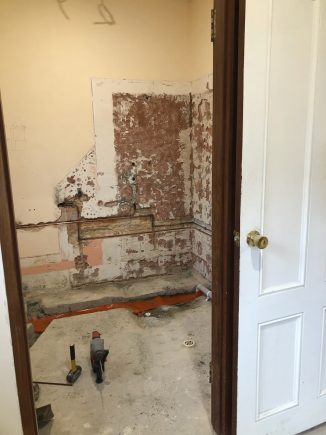
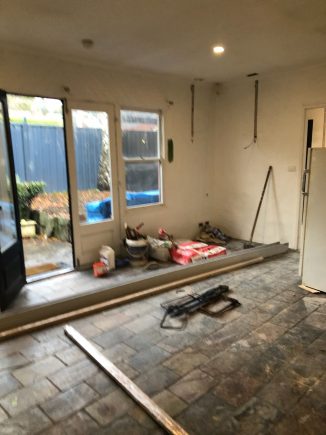
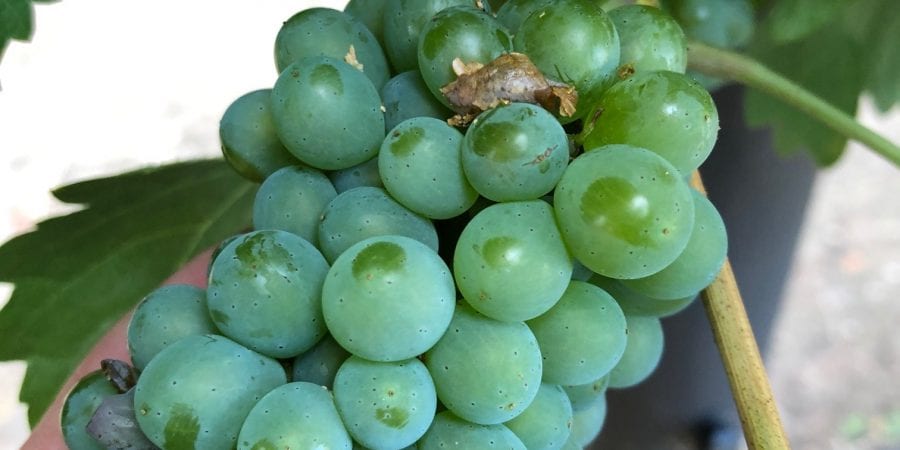
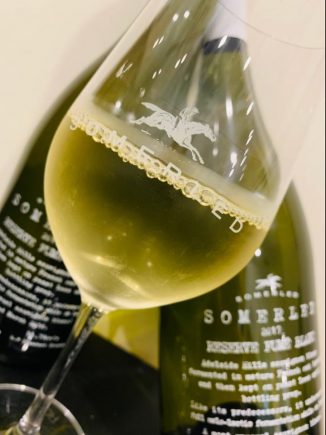 Goodbye Fumé Blanc 2021
Goodbye Fumé Blanc 2021